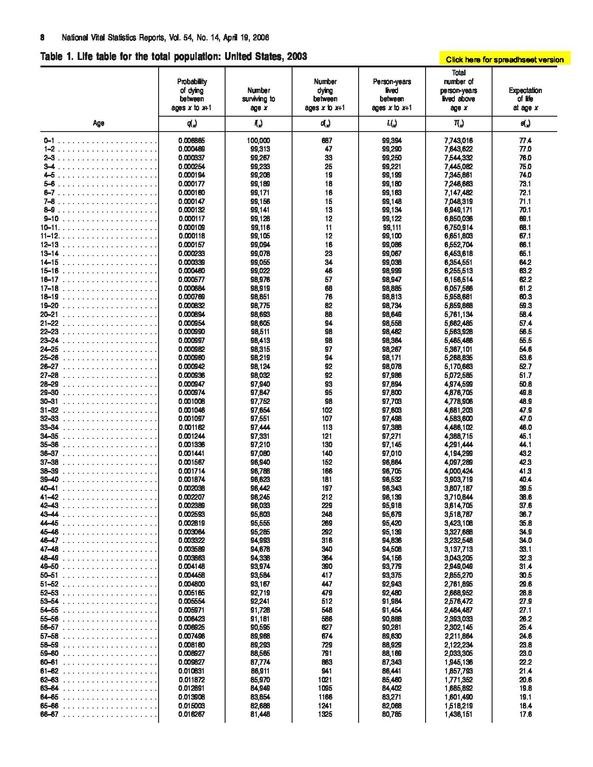Future value Wikipedia the free encyclopedia
Post on: 8 Сентябрь, 2016 No Comment

Contents
Overview [ edit ]
Money value fluctuates over time: $100 today has a different value than $100 in five years. This is because one can invest $100 today in an interest-bearing bank account or any other investment, and that money will grow/shrink due to the rate of return. Also, if $100 today allows the purchase of an item, it is possible that $100 will not be enough to purchase the same item in five years, because of inflation (increase in purchase price).
An investor who has some money has two options: to spend it right now or to invest it. The financial compensation for saving it (and not spending it) is that the money value will accrue through the interests that he will receive from a borrower (the bank account on which he has the money deposited).
Therefore, to evaluate the real worthiness of an amount of money today after a given period of time, economic agents compound the amount of money at a given interest rate. Most actuarial calculations use the risk-free interest rate which corresponds the minimum guaranteed rate provided the bank’s saving account, for example. If one wants to compare their change in purchasing power. then they should use the real interest rate (nominal interest rate minus inflation rate).
The operation of evaluating a present value into the future value is called capitalization (how much will $100 today be worth in 5 years?). The reverse operation which consists in evaluating the present value of a future amount of money is called a discounting (how much $100 that will be received in 5 years- at a lottery. for example -are worth today?).
It follows that if one has to choose between receiving $100 today and $100 in one year, the rational decision is to cash the $100 today. If the money is to be received in one year and assuming the savings account interest rate is 5%, the person has to be offered at least $105 in one year so that two options are equivalent (either receiving $100 today or receiving $105 in one year). This is because if you have cash of $100 today and deposit in your savings account, you will have $105 in one year.
Simple interest [ edit ]
To determine future value (FV) using simple interest (i.e. without compounding):
where PV is the present value or principal, t is the time in years (or a fraction of year), and r stands for the per annum interest rate. Simple interest is rarely used, as compounding is considered more meaningful [ citation needed ]. Indeed, the Future Value in this case grows linearly (it’s a linear function of the initial investment): it doesn’t take into account the fact that the interest earned might be compounded itself and produce further interest (which corresponds to an exponential growth of the initial investment -see below-).














